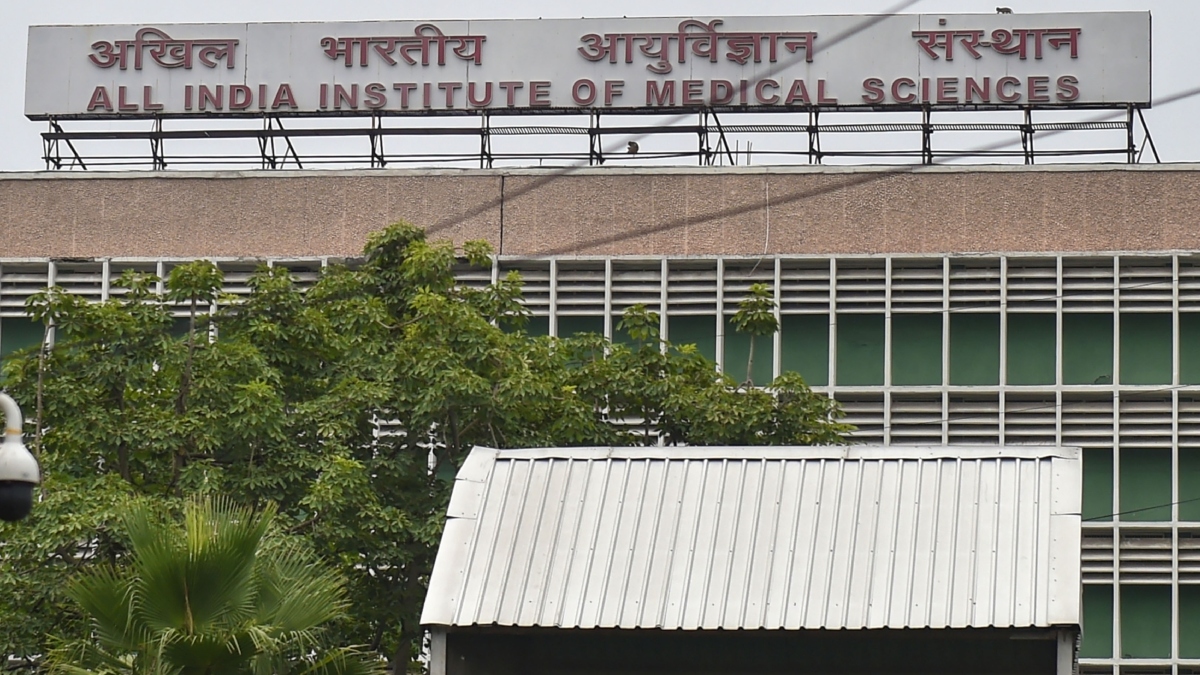We live our lives at the intersection of the digital and the physical. We summon transportation with a tap on a screen and moments later step into the concrete reality of a hotel drop-off zone or a bustling airport terminal. When an injury occurs in this blended world, the question of who is responsible becomes a tangled, modern dilemma. Knowing whether the fault lies with a distracted driver or a negligent property owner is a confusing problem, and the thought of contacting a Las Vegas premises liability lawyer might not even occur when a vehicle is involved. This article explores that confusing crossroads where the chaos of the rideshare ecosystem meets the long-standing legal duties of property owners. It is a space where a simple accident can have two or more causes, leaving victims caught in the middle, unsure of where to turn for answers and accountability in an increasingly complex world.

The rideshare model, while undeniably convenient, has introduced a unique set of risks into our transportation landscape. The system itself can create a perfect storm for accidents, driven by several unique factors:
- Drivers are required to interact with a smartphone app to accept rides, navigate, and communicate with passengers, creating a significant cognitive and visual distraction from the primary task of driving safely.
- Rideshare drivers are frequently routed into neighborhoods and congested urban areas with which they are unfamiliar, increasing the likelihood of sudden stops, improper turns, and general hesitation in traffic.
- The insurance coverage for a rideshare vehicle is not straightforward. It changes depending on the driver’s status at the time of an accident:
- The driver’s auto policy is in effect.
- A limited liability policy from the rideshare company applies.
- A much larger, million-dollar liability policy from the rideshare company is active.
For a passenger injured in a crash, this multi-layered system can make it incredibly difficult to determine which insurance company is responsible for covering their medical bills and other losses, adding a layer of bureaucratic stress to their physical recovery.
Separate from the actions of any driver, property owners have a fundamental legal responsibility known as a “duty of care.” This means they must take reasonable steps to ensure their premises are safe for guests, customers, and other lawful visitors. When they fail in this duty, it is considered negligence. This failure can take many forms, some of which are dangerously common in areas with heavy vehicle and foot traffic. A dimly lit parking garage can conceal tripping hazards, a hotel’s designated rideshare pickup area might have a dangerously cracked curb, or a resort driveway could have unmarked potholes that cause a jolt to a vehicle and injury to a passenger. While these hazards may seem minor, they represent a breach of the owner’s duty. The responsibility to maintain, inspect, and repair these conditions rests squarely with the property owner, and their failure to do so can make them legally liable for any resulting harm.
The true complexity of modern injury cases emerges when these two separate worlds of negligence—the driver and the property—collide in a single event. Imagine a passenger being picked up from an event venue late at night. The designated pickup zone is poorly lit, and a section of the pavement is broken and uneven. The driver, distracted by the app and rushing to the next fare, stops abruptly right beside this hazard. As the passenger steps off the curb to enter the car, they trip on the broken pavement, and their fall is worsened by the still-moving vehicle. In this moment, who is to blame? Untangling this requires a dual approach. A skilled Las Vegas Lyft accident lawyer is needed to investigate the driver’s actions and navigate the rideshare company’s complex insurance policies. At the same time, the venue’s clear negligence in maintaining a safe environment for its patrons cannot be ignored.
When an injury has more than one cause, the law does not simply throw up its hands. Instead, legal systems often use a principle called comparative or contributory negligence to assign a percentage of fault to each responsible party. In the scenario of the injured passenger, a thorough investigation might determine that the driver was 30% responsible for their distracted driving, while the property owner was 70% responsible for failing to repair a known hazard. This apportionment is critical because it directly impacts how damages are paid and from whom they are recovered. Achieving a fair outcome requires a comprehensive legal strategy that can hold all negligent parties accountable. Pursuing a claim against only the driver would ignore the primary cause of the fall, potentially leaving the victim undercompensated and allowing the negligent property owner to evade responsibility for their failure to ensure guest safety.
The world is not getting any simpler. As technology and commerce continue to weave themselves into every aspect of our lives, how we can be harmed by negligence will also become more complex and overlapping. The clear lines of fault that may have existed in the past are now often blurred, hidden at the intersection of a driver’s momentary distraction and a property owner’s long-term neglect. For anyone injured in such a multifaceted incident, recognizing that there may be more than one party at fault is the first step toward achieving a just outcome. It is about seeing the entire landscape of the event, not just the most obvious component. In the face of such modern complexity, securing a clear and comprehensive understanding of your rights is the most powerful tool you have to ensure you are not left to bear the burden of someone else’s converging failures.
Share This Story, Choose Your Platform!
This site uses Akismet to reduce spam. Learn how your comment data is processed.










